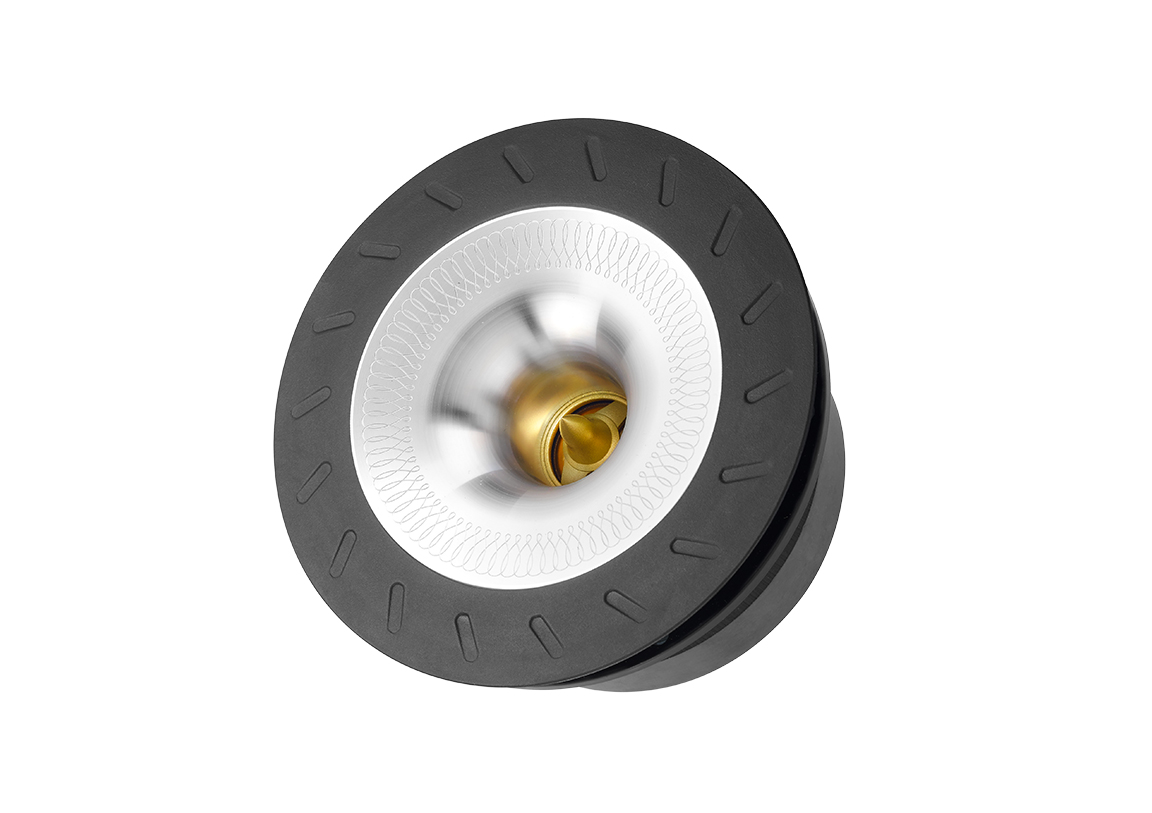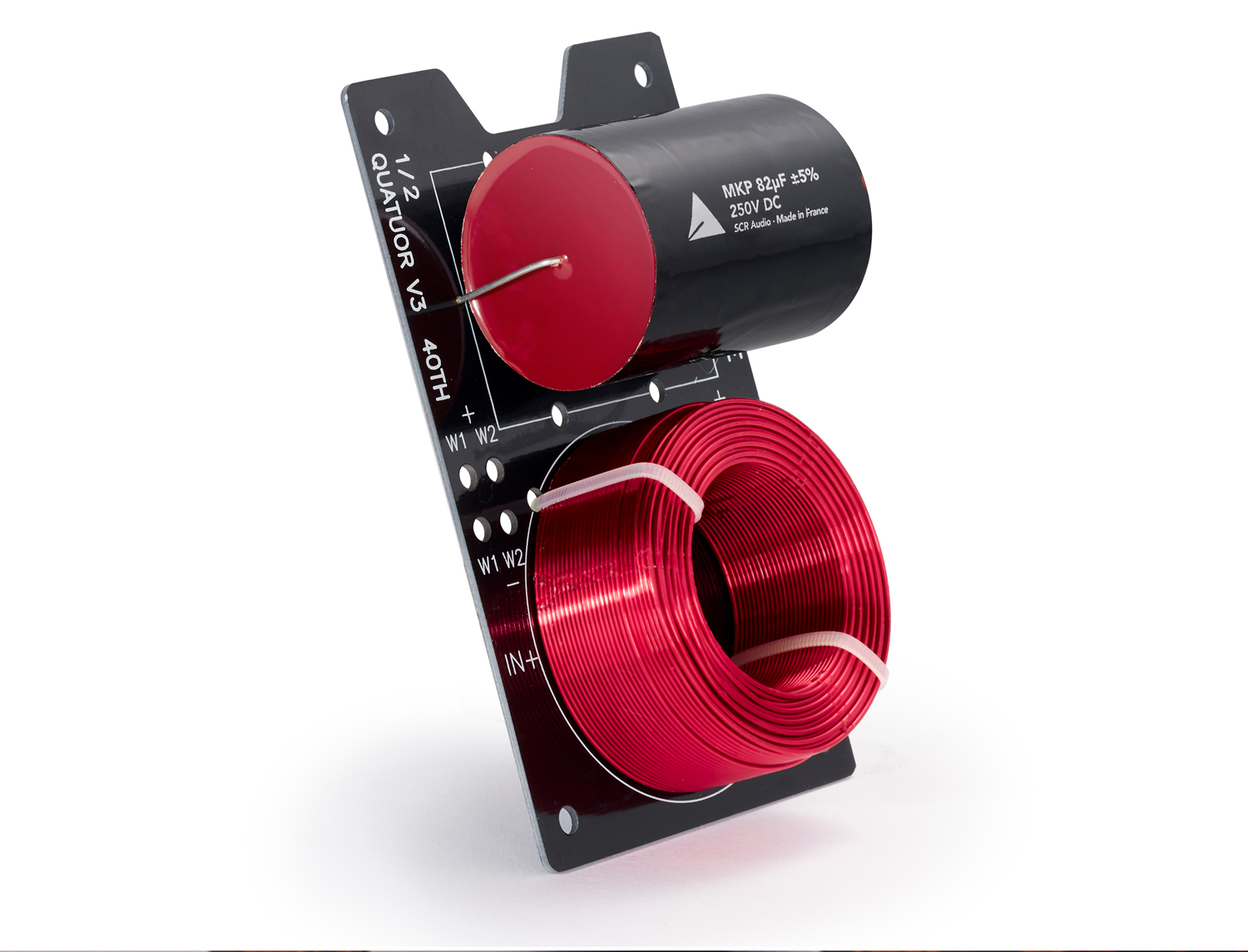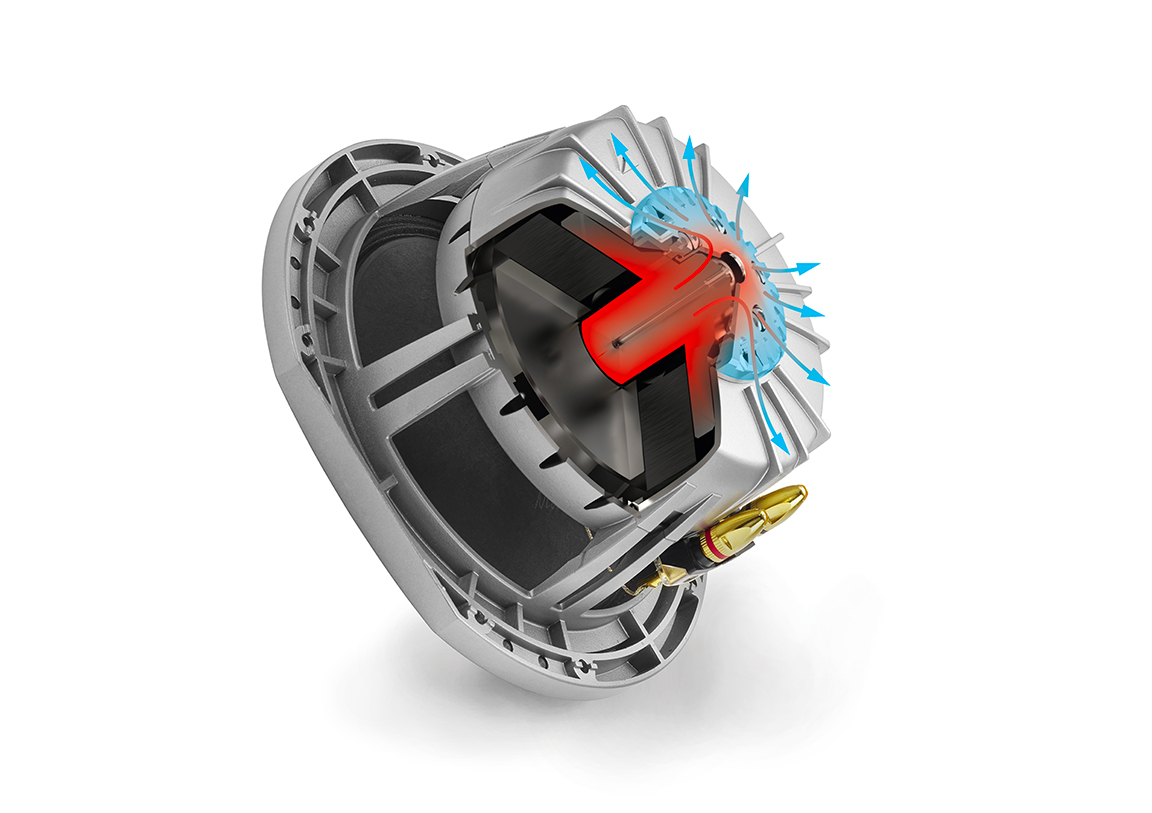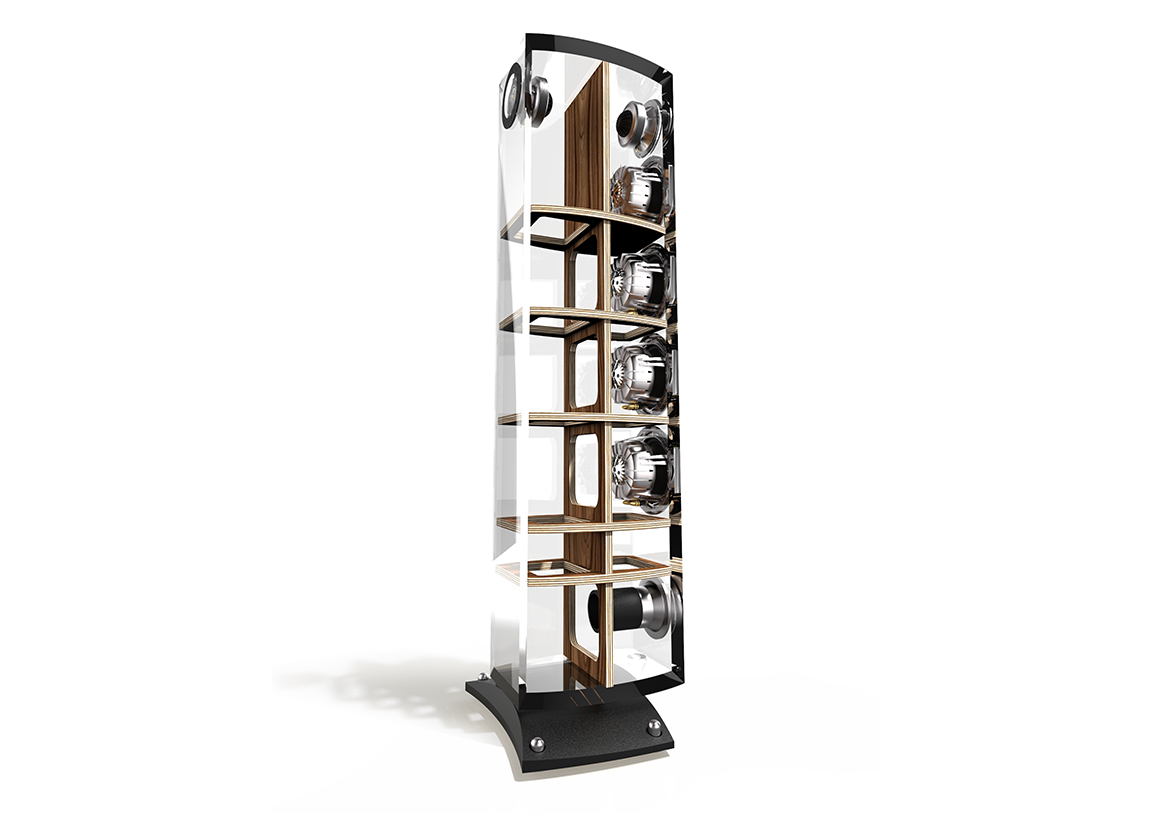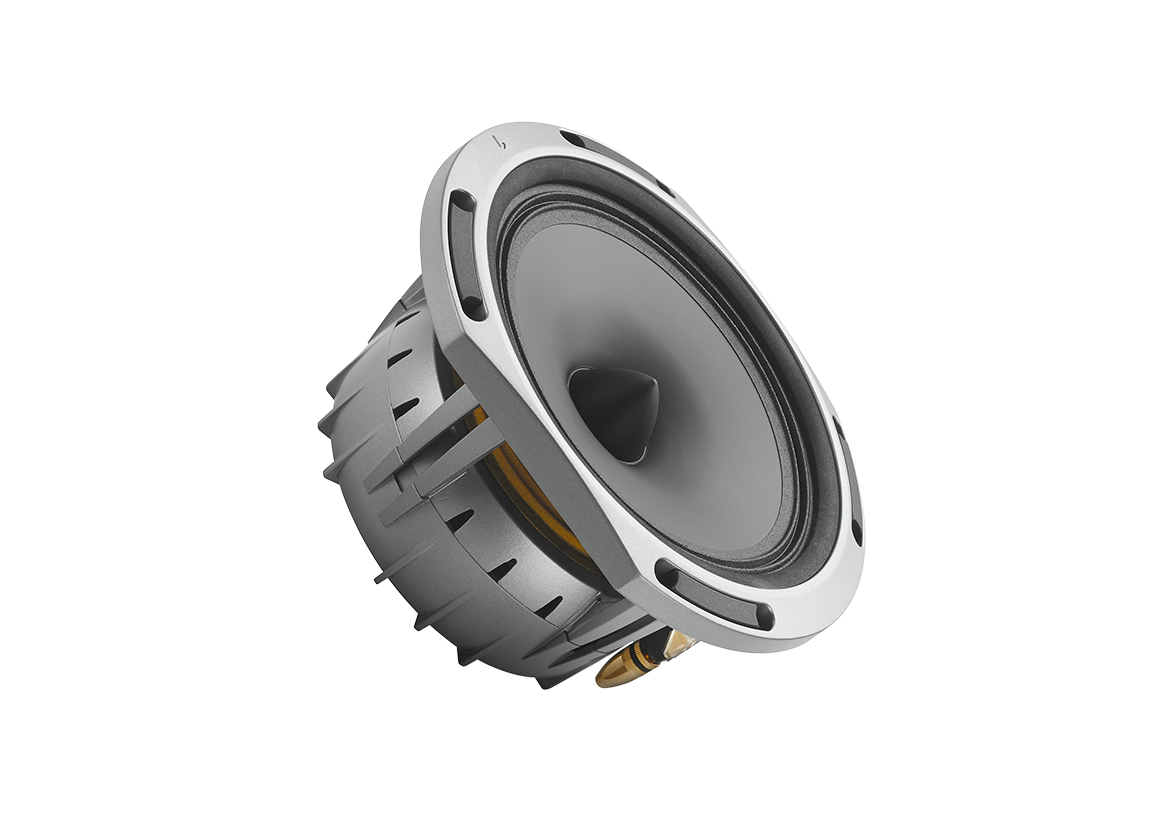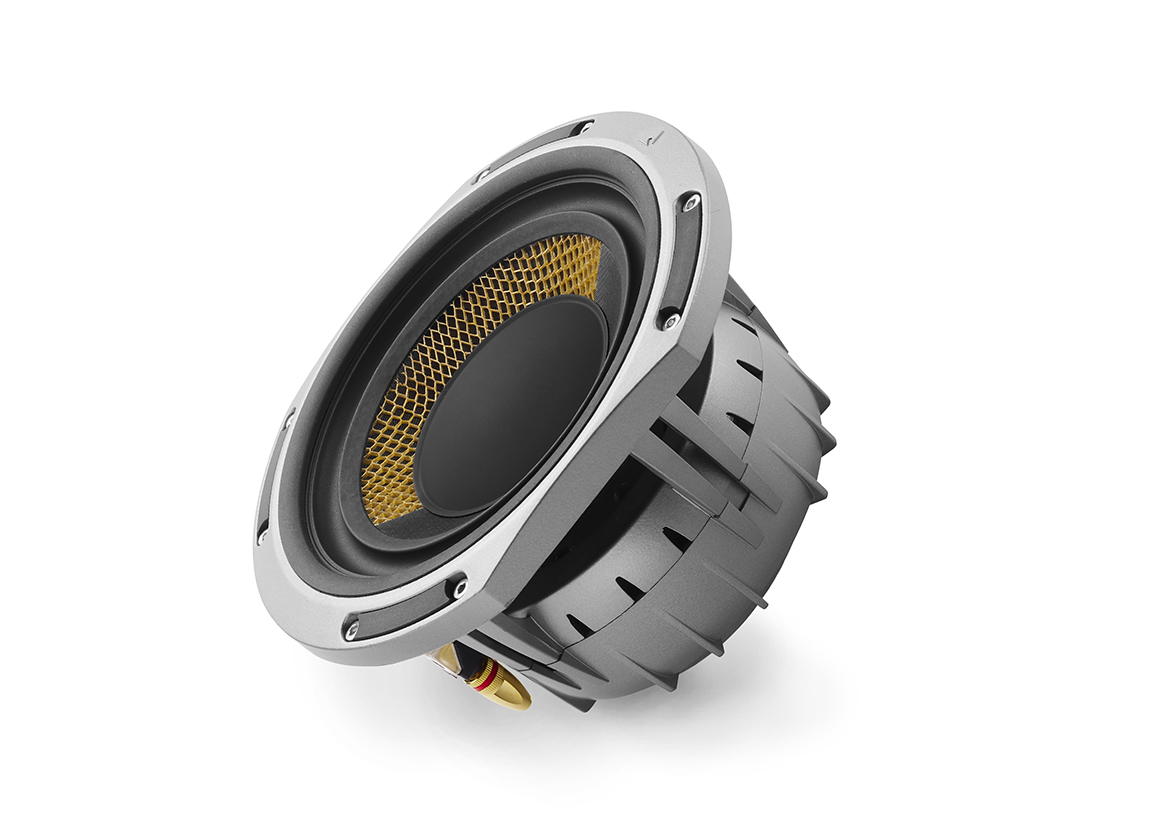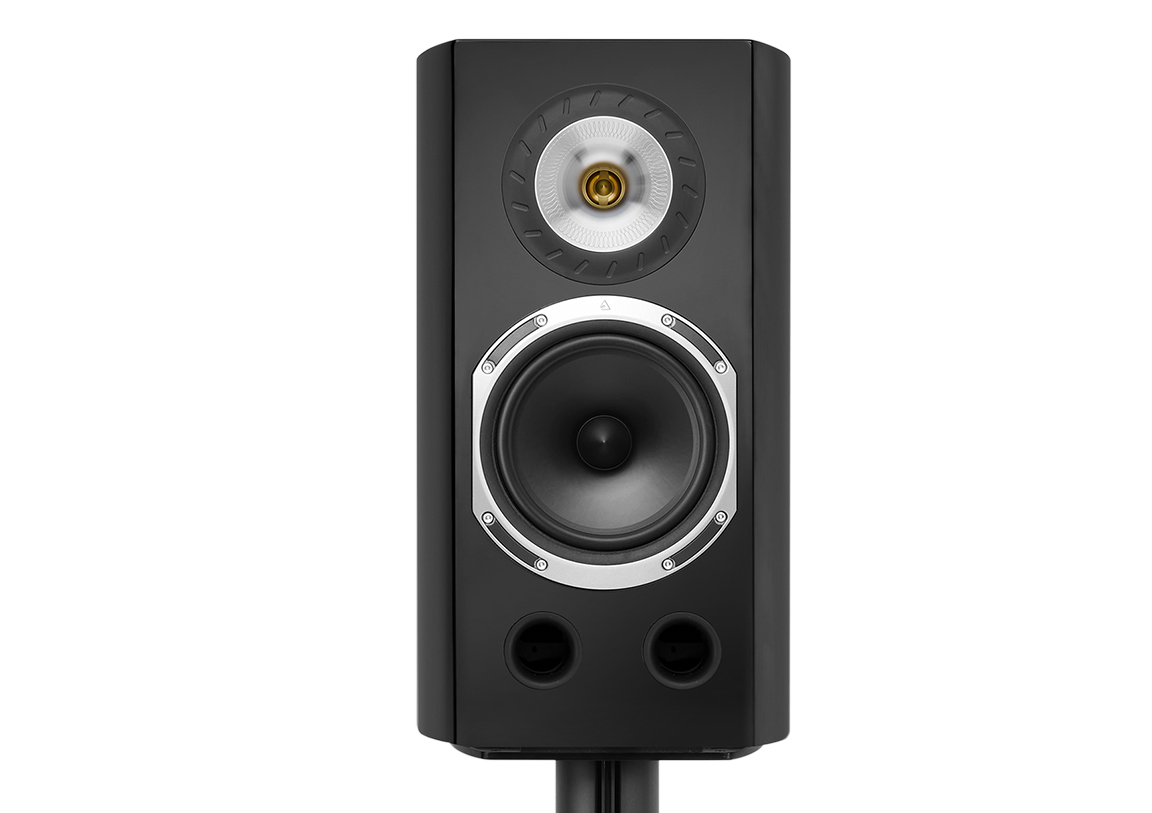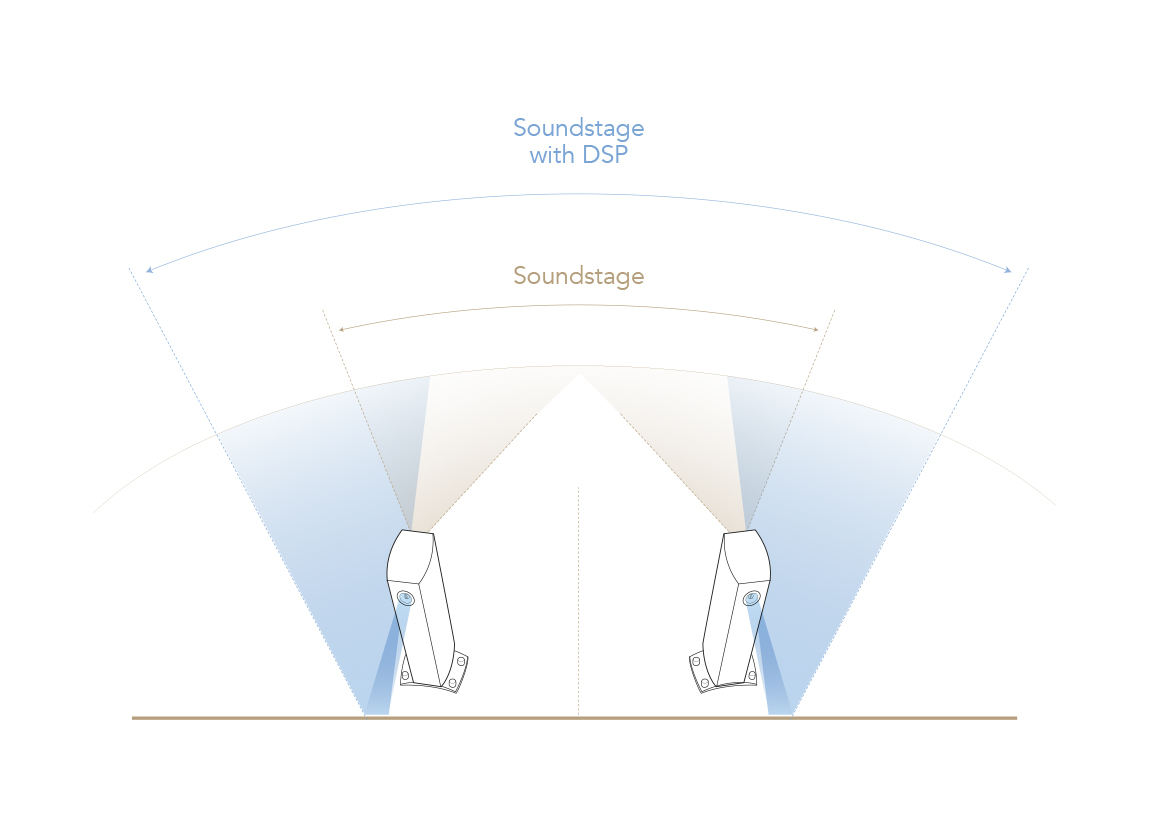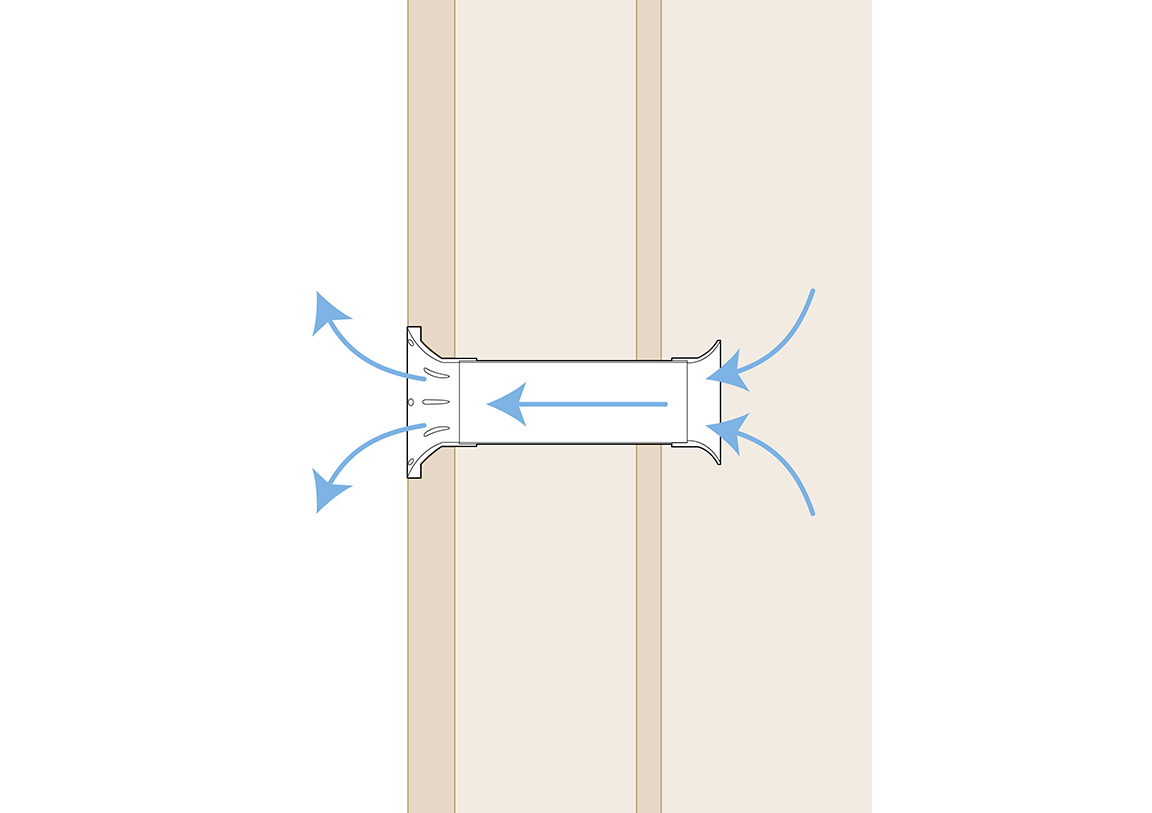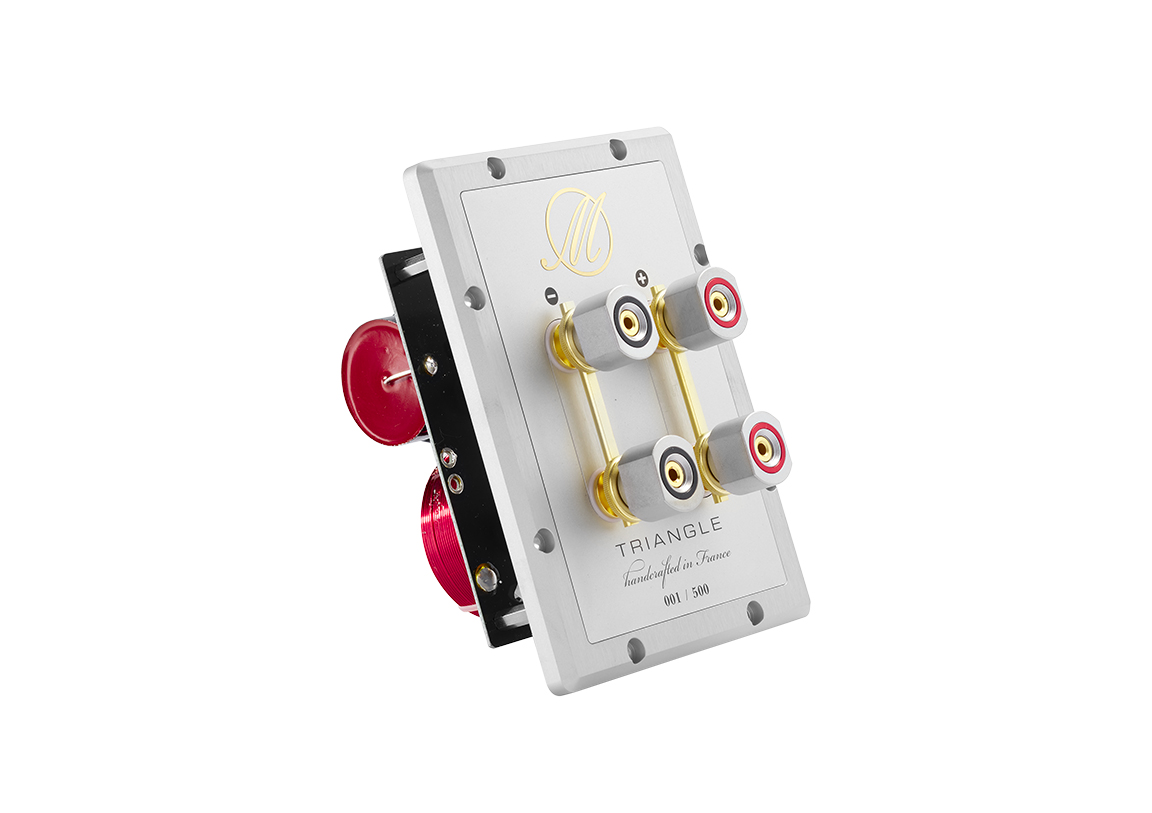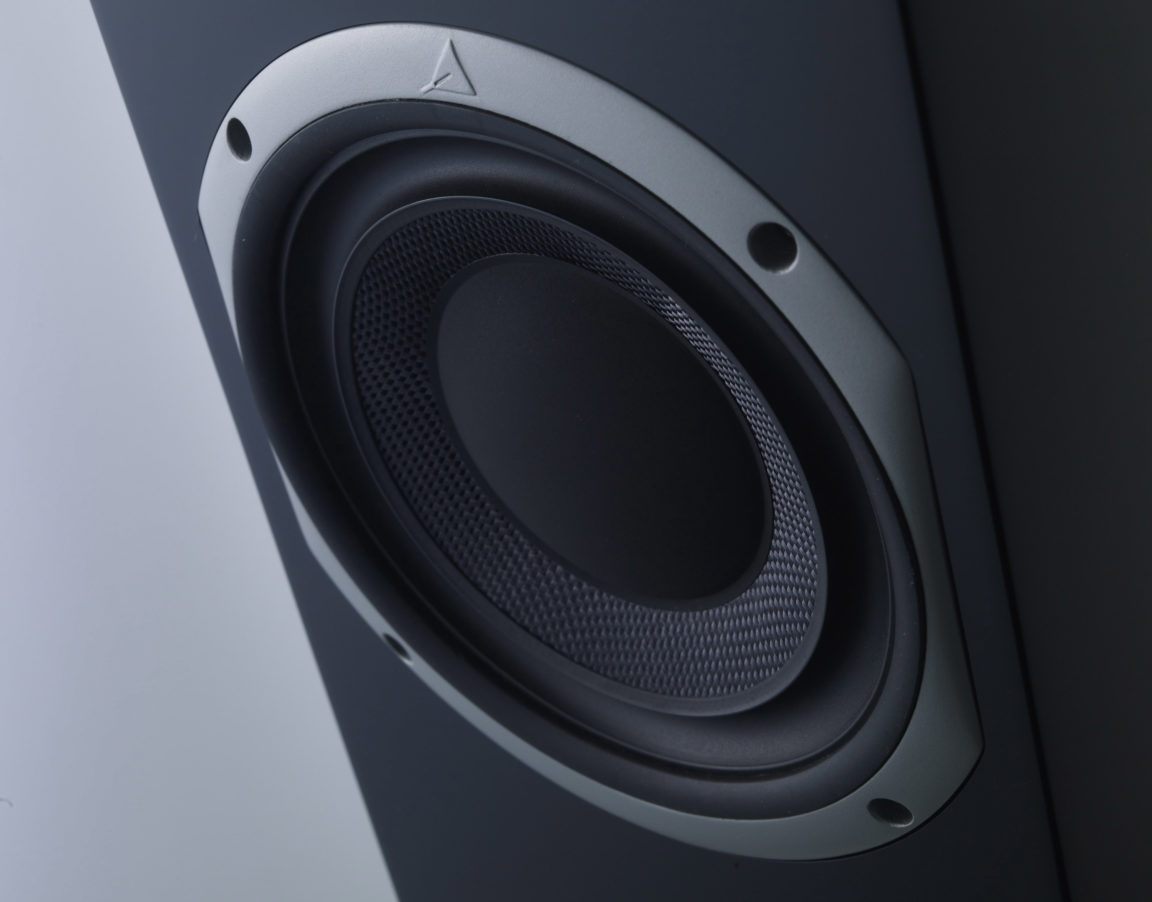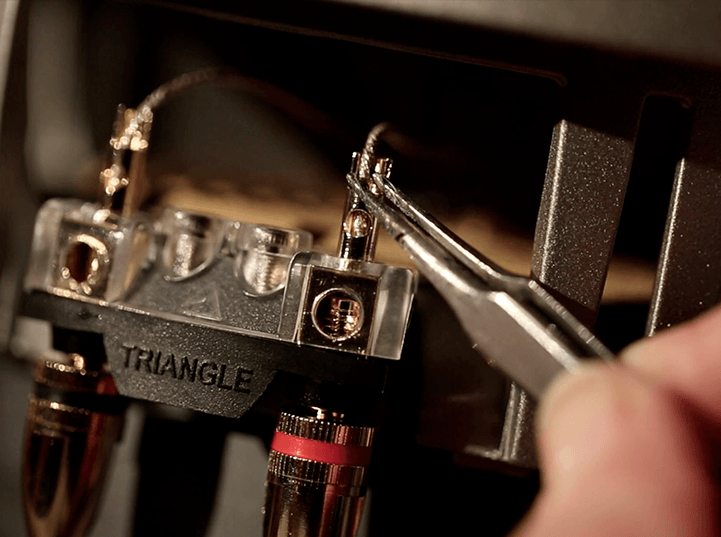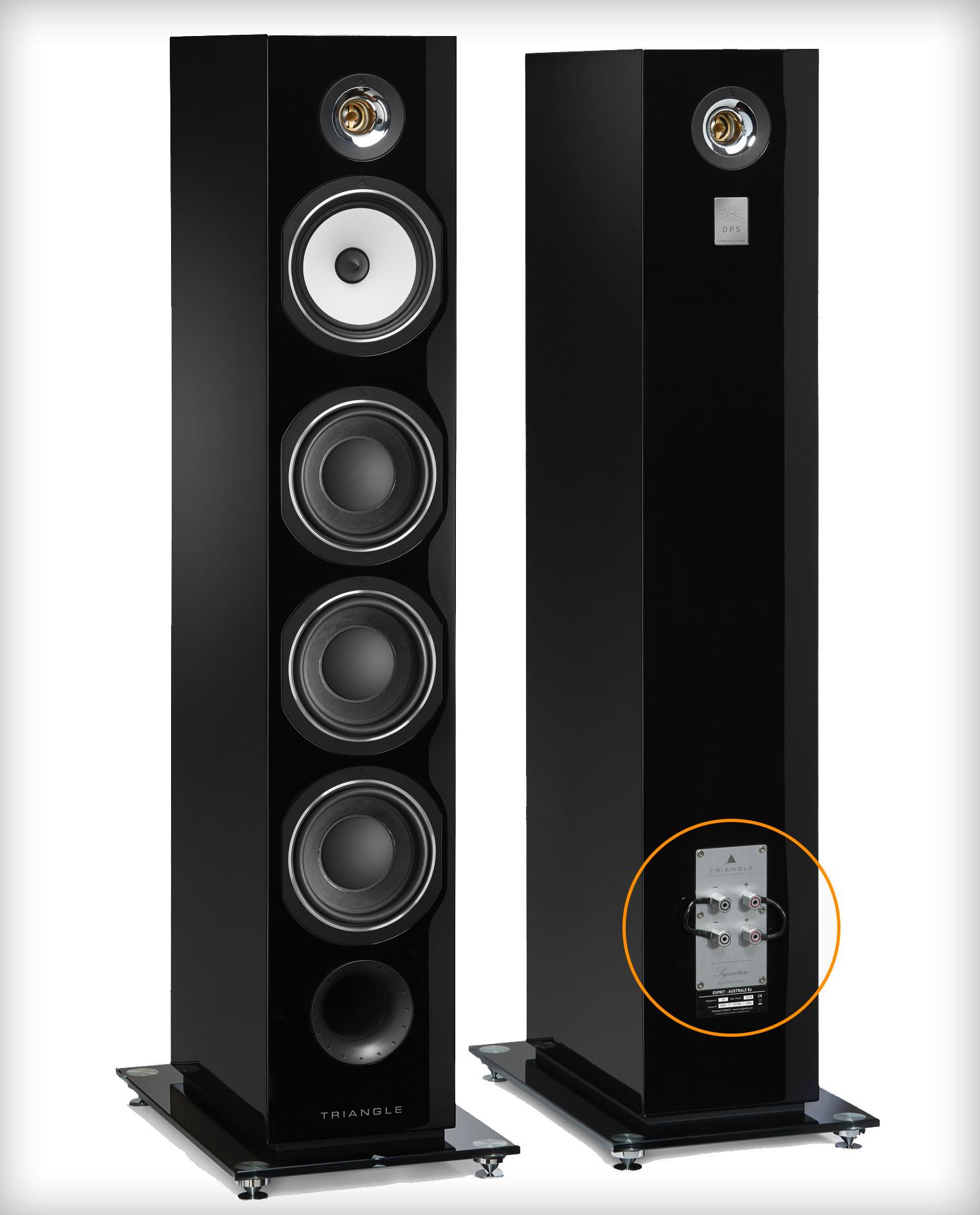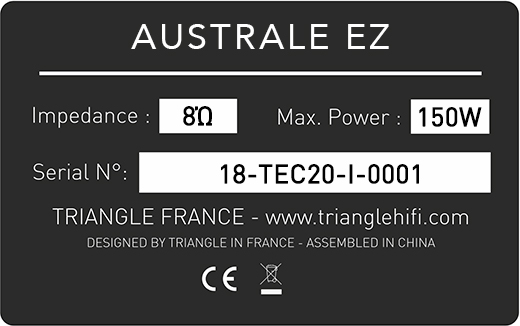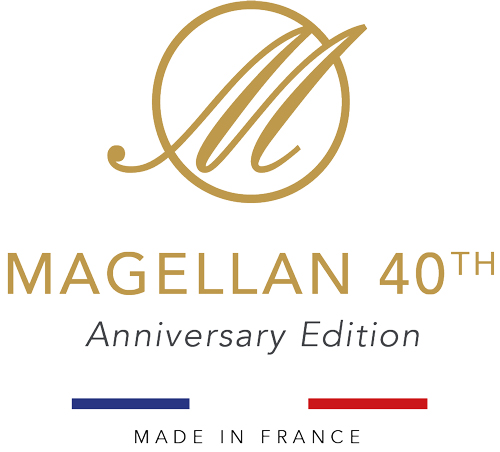
Technologies
For many years, TRIANGLE has been investing in innovative development tools to enhance the acoustic quality even further.
In our laboratory, we conduct fundamental research on loudspeakers, their shapes and the materials that make them up. Thanks to the latest simulation software and a high-level anechoic chamber, the loudspeakers are modelled through extensive computer simulations using 3D CAD software to create the ideal profile in conjunction to mechanical and acoustic characteristics of all parts.
Our design, electroacoustics and engineering teams work in close cooperation, the key ingredients for creating exceptional loudspeakers.
